Welcome, Planeswalker! Embarking on your Magic: The Gathering (MTG) journey? One of the first and most crucial decisions isn't picking your favorite color or the mightiest dragon—it's selecting the right MTG format to match your playstyle. In Magic: The Gathering, a "format" defines the rules for card usage, player count, and gameplay, offering diverse experiences for casual fun, competitive battles, or budget-friendly duels.
This comprehensive guide to Magic The Gathering formats breaks down the essentials and will serve as your rulebook, from Standard MTG rules to Commander format strategies, helping you choose the perfect battlefield. Whether you're a newbie seeking the best MTG formats for beginners or a veteran exploring eternal formats like Legacy and Vintage, we've got you covered. Let's dive in and level up your MTG game!
The Core Rules of Deckbuilding

Before we dive into specific MTG formats, most follow a few universal deckbuilding rules for "Constructed" play (where you build your deck ahead of time):
- Minimum Deck Size: Most 1v1 Magic formats require at least 60 cards in your main deck.
-
The Rule of Four: Unless a card is a basic land (Plains, Island, Swamp, Mountain, Forest) or says otherwise, you can only have a maximum of four copies of any single card in your deck.
-
Sideboards: In competitive play, you can have an optional 15-card "sideboard." Between games in a match, you can swap cards from your sideboard into your main deck to better adapt to your opponent's strategy.
Master these basics to build strong decks across any Magic: The Gathering format. Now, let's break down the most popular ones!
Standard Format MTG: The Ever-Changing Battlefield
Searching for the best rotating MTG format? Standard MTG is the flagship competitive mode, featuring only recent sets for a fresh, ever-evolving meta.
-
Deck Size: 60-card minimum.
-
Card Pool: Uses cards from the last few years of Magic sets. Once a year, in the fall, the four oldest sets "rotate out" and are no longer legal in Standard.
-
Gameplay: 1 vs. 1, with 20 starting life.
- Key Features: Ideal for MTG Arena ranked play. The rotation prevents stagnation, encouraging new Standard deck ideas and strategies.
Why Play Standard MTG? It's accessible for beginners, budget-friendly (no need for rare vintage cards), and perfect for testing top Standard meta decks in local tournaments or online.
Commander Format Rules: Epic Multiplayer Mayhem

Craving social, creative fun? Commander (EDH) MTG is the most beloved casual format, emphasizing big plays and group dynamics.
-
Deck Size: Exactly 100 cards (99 plus your Commander).
-
Card Pool: Nearly every card ever printed is legal, with a specific ban list for the format.
-
Gameplay: Typically 3-5 players, with 40 starting life.
-
Key Features:
-
Commander: Your deck is built around a legendary creature (or certain Planeswalkers) that starts in a special "Command Zone" and can be cast repeatedly.
-
Singleton: You can only have one copy of any card in your deck, except for basic lands. This is known as a "singleton" or "highlander" format.
-
Color Identity: All cards in your deck must only use mana symbols that appear on your Commander.
-
Commander Damage: If a single Commander deals 21 combat damage to a player over the course of the game, that player loses.
-
Best for: Commander deck building enthusiasts who enjoy flavorful themes and multiplayer politics. It's the top MTG format for casual play in 2025!
Modern MTG Format: The Powerful Eternal Format
For those wanting depth without rotation, Modern MTG delivers intense, diverse strategies with a vast card pool.
-
Deck Size: 60-card minimum.
-
Card Pool: All sets with the modern card frame, starting from Eighth Edition (released in 2003), are legal. The format does not rotate and is balanced by a ban list.
-
Gameplay: 1 vs. 1, with 20 starting life.
-
Key Feature: The vast card pool allows for powerful synergies and strategies that aren't possible in Standard, without reaching the power level of Magic's oldest formats.
Why Choose Modern? It's a staple for competitive events like Pro Tours, offering best Modern MTG decks that evolve with new releases—great for players investing in timeless staples.
Pioneer MTG Format: Bridge Between Standard and Modern

Pioneer MTG is the accessible non-rotating format, blending power with affordability.
-
Deck Size: 60-card minimum.
-
Card Pool: All sets from Return to Ravnica (released in 2012) forward are legal. Like Modern, it does not rotate and is managed by a ban list.
-
Gameplay: 1 vs. 1, with 20 starting life.
-
Key Feature: Pioneer was created to give players a place to use their cards after they rotate out of Standard, offering a more accessible entry point into non-rotating formats.
Ideal for budget Pioneer decks and those seeking Pioneer meta strategies without Modern's complexity.
Legacy & Vintage MTG: The Pinnacle of Power
Dive into Magic's history with eternal MTG formats like Legacy and Vintage—where power reigns supreme.
-
Deck Size: 60-card minimum.
-
Card Pool: All black-bordered and white-bordered sets are legal.
-
Gameplay: 1 vs. 1, with 20 starting life.
-
Key Features:
-
Legacy: This format is balanced by a comprehensive ban list that removes the most broken cards from the format to maintain a level of interactive gameplay.
-
Vintage: This is the highest-power format. Instead of a large ban list, it has a restricted list. Cards on this list (like the infamous Black Lotus) are so powerful you are only allowed to play a single copy in your entire deck.
-
Pauper MTG Format: The Common Ground
Love strategy on a budget? Pauper MTG restricts to common-rarity cards for surprising complexity.
-
Deck Size: 60-card minimum.
-
Card Pool: Any card that has ever been printed at the common rarity at least once is legal.
-
Gameplay: 1 vs. 1, with 20 starting life.
-
Key Feature: The common-only restriction makes Pauper an incredibly affordable format to get into, while still featuring powerful cards and complex strategies from across Magic's history.
Why Pauper? It's the best budget MTG format for beginners and pros alike, thriving on MTG Arena and local scenes.
MTG Formats Comparison: Rules at a Glance

|
Feature |
Standard |
Commander |
Modern |
Pioneer |
Legacy/Vintage |
Pauper |
|---|---|---|---|---|---|---|
|
Deck Size |
60+ |
100 |
60+ |
60+ |
60+ |
60+ |
|
Card Pool |
Rotating (Recent Sets) |
All Sets |
From 2003 |
From 2012 |
All Sets |
Commons Only |
|
Copies/Card |
4 |
1 (Singleton) |
4 |
4 |
4 |
4 |
|
Life Total |
20 |
40 |
20 |
20 |
20 |
20 |
|
Player Count |
2 |
3-5 |
2 |
2 |
2 |
2 |
|
Key Rule |
Set Rotation |
Commander & Color ID |
Non-Rotating |
Non-Rotating |
Banned/Restricted List |
Commons Only |
No matter your preference, competitive edge in Standard MTG, social vibes in Commander, or raw power in Vintage, there's an MTG format for you. Shuffle up, test these out at your local game store or on MTG Arena, and discover your favorite. Stay tuned to our Magic: The Gathering blog for more guides, deck ideas, and 2025 updates! What format are you trying next? Share in the comments below.

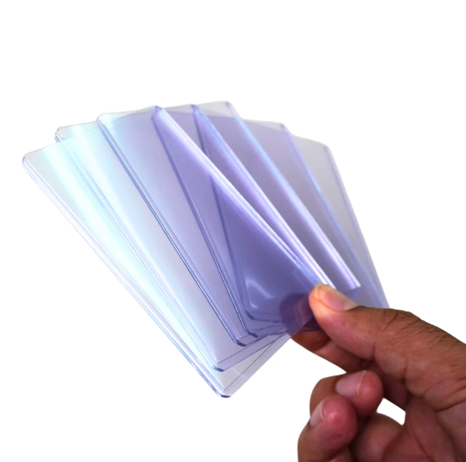
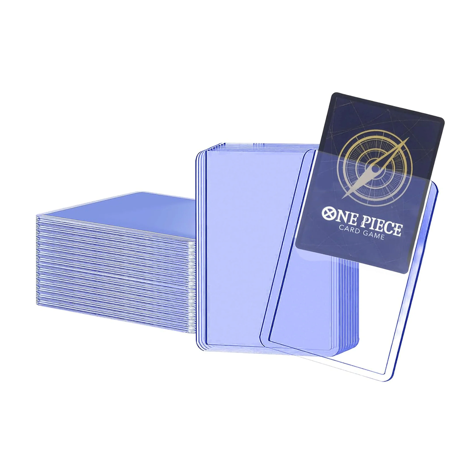
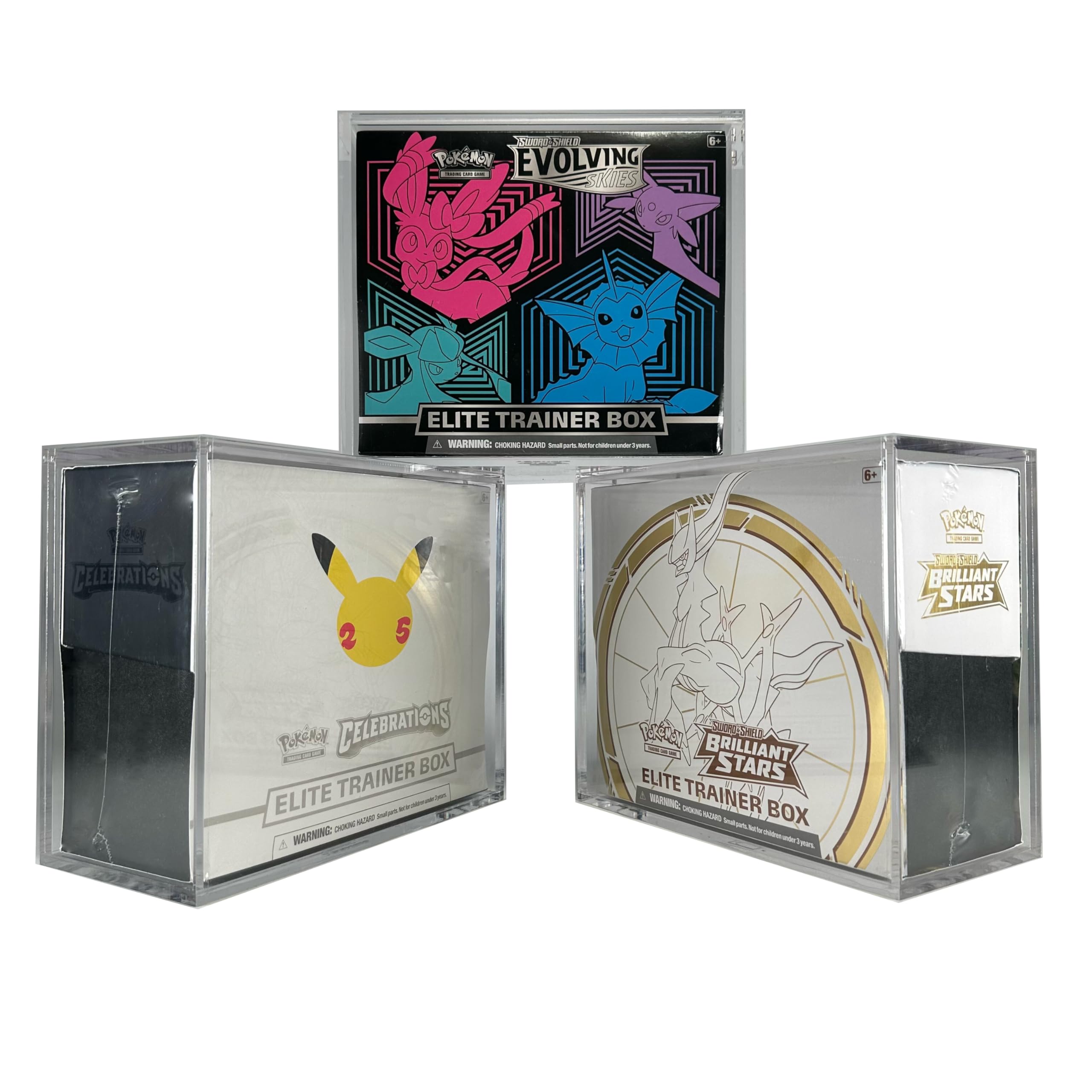
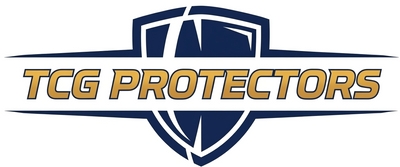
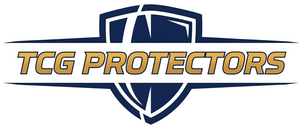




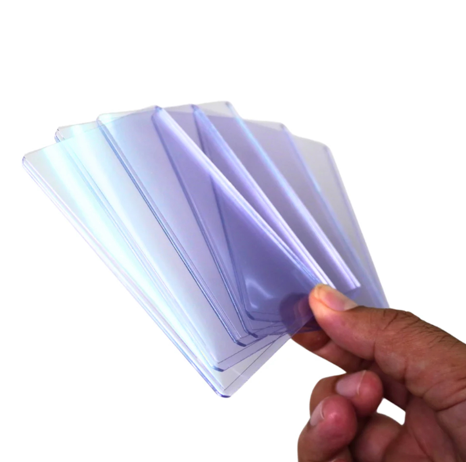

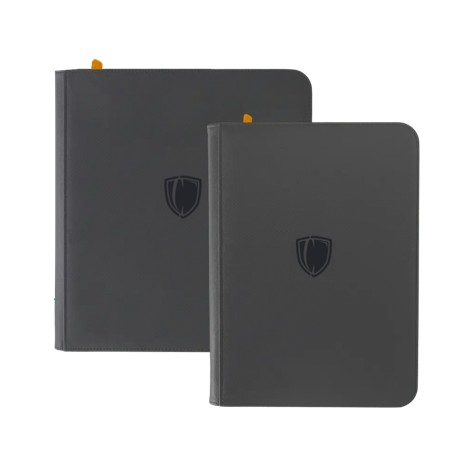
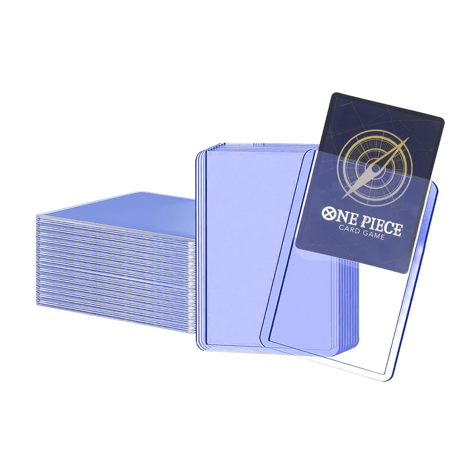
Leave a comment